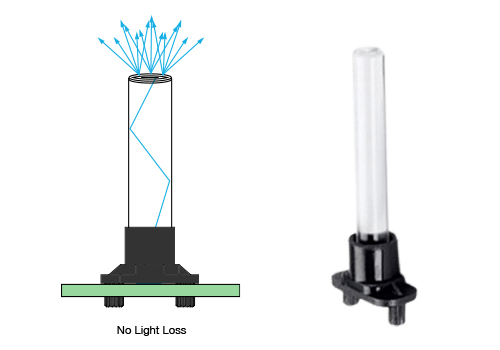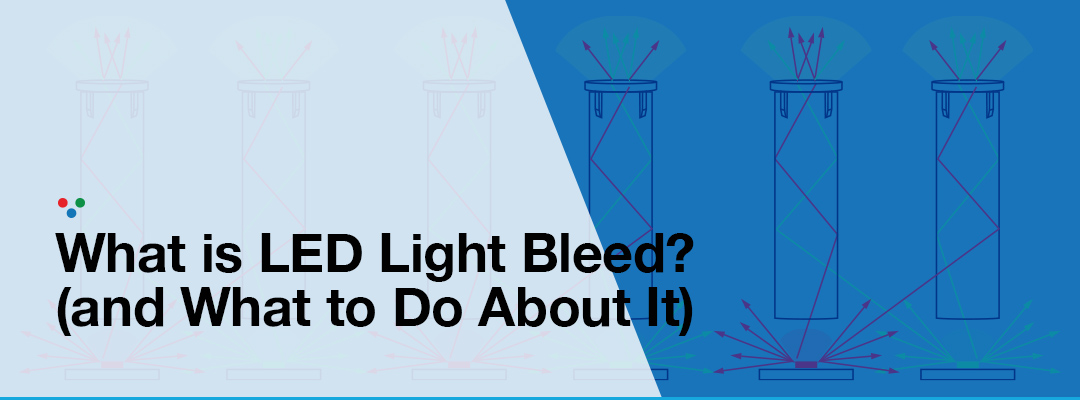
Light Bleed: Here’s What You Need to Know
Light pipes are essential for moving light from Point A to Point B in electronic devices and machines. But, when they aren’t optimized, a majority of the light traveling through them could literally miss the mark — your HMI [human machine interface]. These acrylic or polycarbonate marvels can be much more complicated than they seem. Engineers have a lot to learn about light pipes, including:
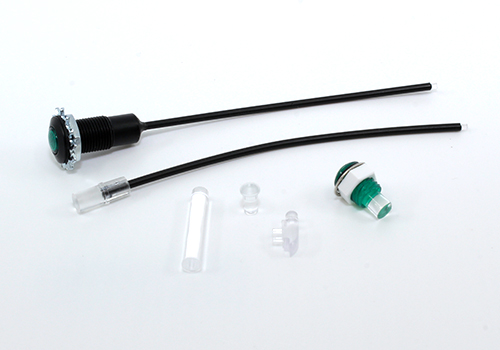
Formats
Light pipes come in many varieties, but most can fall into one of two categories: rigid or flexible. Rigid light pipes are intended to move light short, straight distances, while flexible light pipes can illuminate around curves and angles at longer distances.
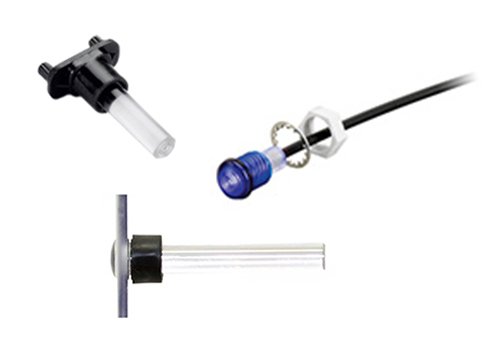
Mounting Options
because light sources can be attached to devices in a range of ways, there are multiple options to accommodate those design decisions:
- Press-fit – rigid light pipes are mechanically attached to the front panel (chassis)
- Board mount – these light pipes are attached to the circuit board where the LED fits inside the flexible or rigid design.
- Surface mount – flexible light pipes can be mounted to the control panel of the device
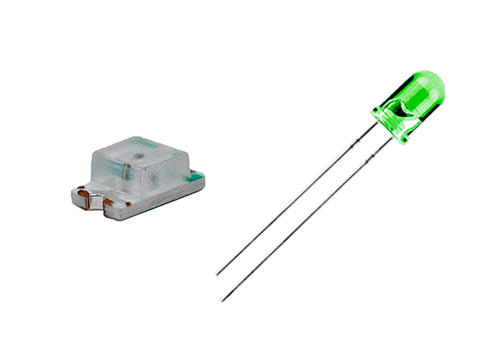
LED Specifications
LEDs come in more configurations than most of us could count, such as:
- Type (surface mount, through-hole)
- Color
- Intensity
- Lens type
- Size
- Viewing angle
Together, these factors determine how well a light pipe will perform in its device and operating environment. The ultimate goal in light pipe design is to optimize light transmission and minimize light bleed.
But First, What’s Light Bleed?
Also known as “light loss,” light bleed occurs when light escapes from the LED/board to anywhere other than its desired exit point.
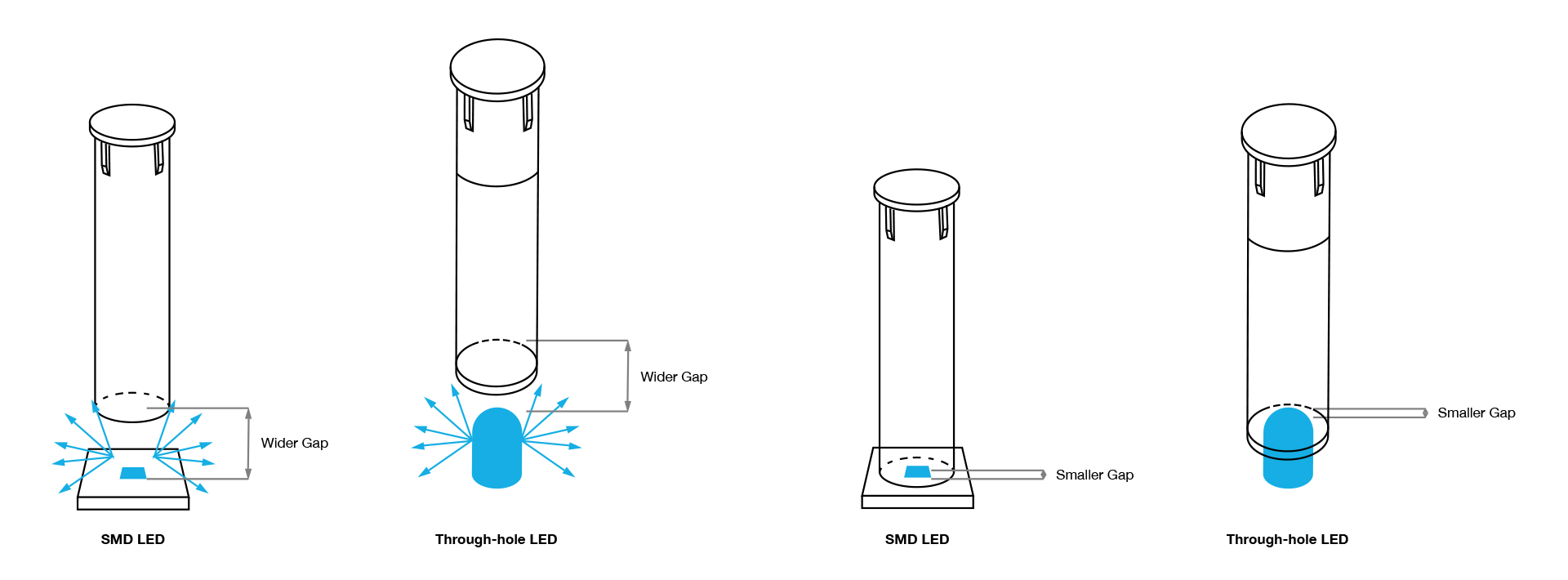
LED Light Bleed’s Negative Impacts
When a product has light bleed, it definitely cheapens the device and diminishes the user experience. However, light leaks can create issues that go beyond aesthetics, causing operator confusion and increased safety risks:
- Various LED colors shining over each other on the interface
- An unwanted glow where there shouldn’t be one
- Colors mixing together to create a new color not used in the visual vocabulary
- False readings
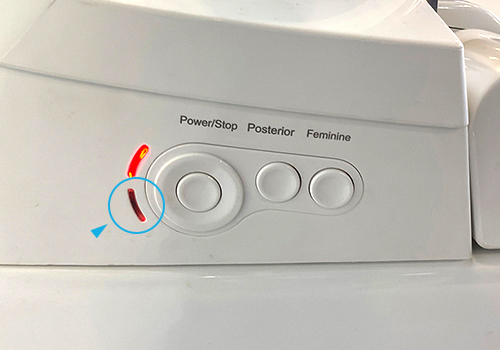
Unwanted Glow in the Chassis
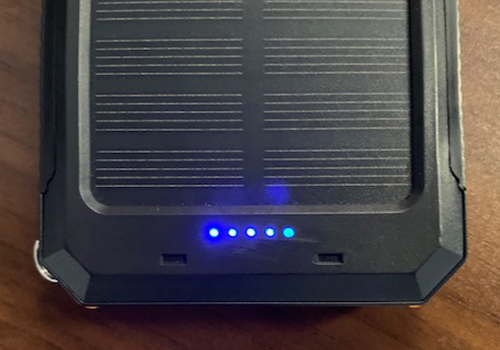
Cause False Readings
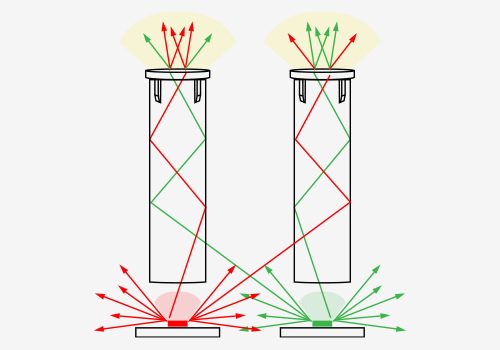
Multiple LED Light Bleeds
Choosing the Best Material for My Design
Light bleed can pose challenges for a variety of devices and industries. Fortunately, there are design techniques that minimize or eliminate light bleed. To help ensure the best possible outcome in regard to performance, end-user experience (and sometimes costs), design decisions should be made as early as possible. Approaches to reduce light loss include:
Use the optimal LED viewing angle for your design
Utilizing a narrow viewing angle instead of one with a wider range can reduce the space where light could escape and cause bleeding. We recommend using a viewing angle of 160° or less to reduce light leaks.
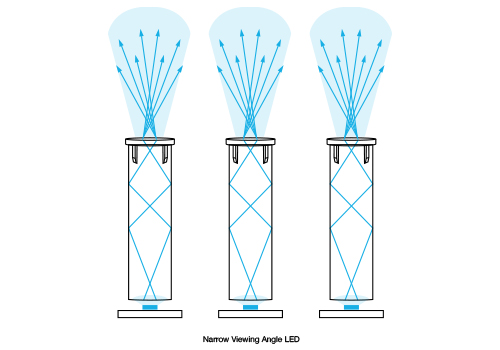
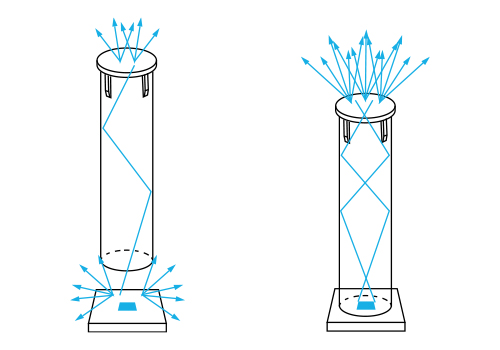
Adjust the distance between your light pipe and LED
Having too much space between the light source (LED) and the light pipe is another opportunity for light to escape. For best results, space the LED and light pipe no more than .05” apart.
Choose the appropriate light pipe for the job
